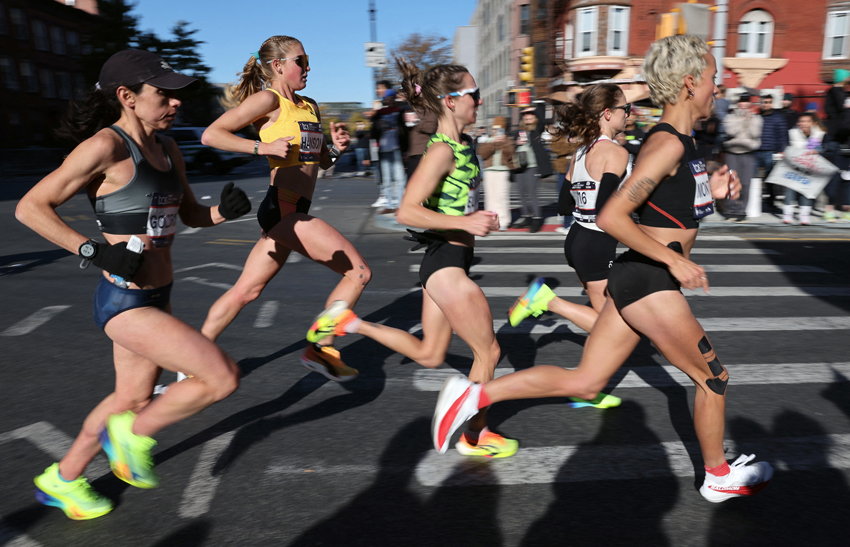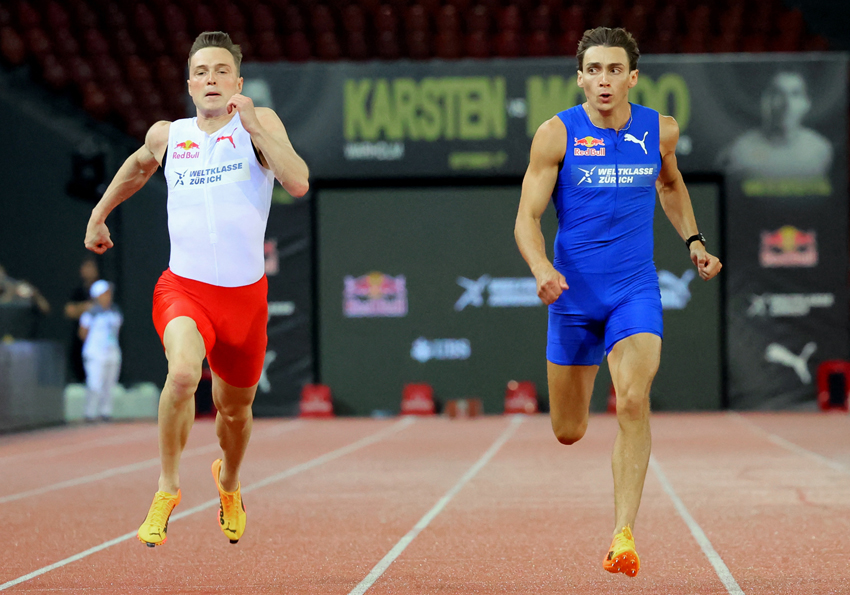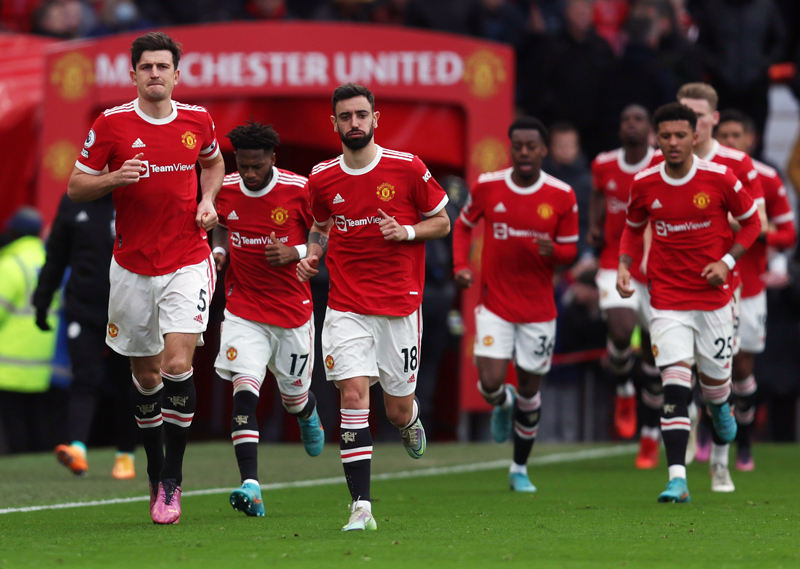Swimming performance: why resistance isn’t futile!

Compared to air, water is dense stuff, which makes moving through it much harder for any given speed. In practice, this means that moving through water requires that the muscles of a swimmer need to generate large amounts of force, which is why strength is a major attribute in swimmers. How best to develop that strength however is another matter. While many swimmers perform resistance training on dry land to help develop muscular strength and power, there’s much debate over how effective this is. In particular, there’s a question of how any strength increases gained as a result of resistance training translate into increased force generation and swimming speed in the water. With that in mind, researchers have surveyed the scientific literature to try and come up with definitive answers to two important questions:
- How effective are the different types of resistance-training in terms of improving swimming performance?
- How do these different types of resistance training affect the technical aspect of swimming (stroke technique etc)?
- *Participants with a mean age under 16 years
- *Untrained, novice, masters and paraplegic swimmers
- *Triathletes and waterpolo players
- *Swimmers with injuries or illness
- *Studies specifically looking at swimming starts and turns
The findings
There were two key findings that became apparent. Firstly, the types of resistance training that best transferred into improved swimming performance in the water were programmes that emphasised swimming-specific movements, with low-volume but high-velocity/force repetitions. This was particularly true for improving stroke length, which a key determinant of swimming performance (Ed - see Andrew Sheaff’s article on page 13 of this issue). The other key finding was that resisted swims (for example, using swimming parachutes, drag pockets etc) were the best mode for improving stroke frequency, which (providing stroke length is maintained) can also boost swimming performance. Sports Med. 2017 May 12. doi: 10.1007/s40279017-0730-2. [Epub ahead of print]Peak performance verdict
This study drew together previous research and confirmed an emerging consensus that resistance training CAN and DOES help improve swimming performance in the water provided that the movements are as specific as possible to your swimming stroke, and they are performed with low-reps and relatively high loadings. It also suggests that some aspects of performance are best trained not in the gym, but in the water using devices to increase the resistance encountered by the swimmer – something that we reported in a previous article (see article recommendations below) Inquiries in Sport & Physical Education Volume 8 (1) p91 – 98 (2010). With this in mind, some practical suggestions for swimmers are as follows:- If you want your dry-land training to maximally improve your performance, it must be integrated into your swimming programme as a whole; where possible, perform a swim session immediately after your strength training, because this will help your muscles to apply the learning and coordination in the water. This swim session should be more technical, allowing you to feel the stroke, for example by using paddles.
- Choose exercises that target the key swimming muscles – eg pull-ups for the lats of the back, which provide the main propulsive force through the water in freestyle.
- Use low reps – in the 3-8 reps per set range and make sure you perform no more than 20 sets per training session, which limits you to around 4-7 exercises per training session.
- To help ensure the above, pick whole body exercises, which will also generate maximum impact. Remember you are not ‘isolating’ muscles, so there should not be lots and lots of exercises in this type of programme.
- The very nature of this type of training requires greater recovery periods for the musculoskeletal and neural systems. Anything from 2-5 minutes recovery between sets is acceptable.
You need to be logged in to continue reading.
Please register for limited access or take a 30-day risk-free trial of Sports Performance Bulletin to experience the full benefits of a subscription. TAKE A RISK-FREE TRIAL
TAKE A RISK-FREE TRIAL
Newsletter Sign Up
Testimonials
Dr. Alexandra Fandetti-Robin, Back & Body Chiropractic
Elspeth Cowell MSCh DpodM SRCh HCPC reg
William Hunter, Nuffield Health
Newsletter Sign Up
Coaches Testimonials
Dr. Alexandra Fandetti-Robin, Back & Body Chiropractic
Elspeth Cowell MSCh DpodM SRCh HCPC reg
William Hunter, Nuffield Health
Keep up with latest sports science research and apply it to maximize performance
Today you have the chance to join a group of athletes, and sports coaches/trainers who all have something special in common...
They use the latest research to improve performance for themselves and their clients - both athletes and sports teams - with help from global specialists in the fields of sports science, sports medicine and sports psychology.
They do this by reading Sports Performance Bulletin, an easy-to-digest but serious-minded journal dedicated to high performance sports. SPB offers a wealth of information and insight into the latest research, in an easily-accessible and understood format, along with a wealth of practical recommendations.
*includes 3 coaching manuals
Get Inspired
All the latest techniques and approaches
Sports Performance Bulletin helps dedicated endurance athletes improve their performance. Sense-checking the latest sports science research, and sourcing evidence and case studies to support findings, Sports Performance Bulletin turns proven insights into easily digestible practical advice. Supporting athletes, coaches and professionals who wish to ensure their guidance and programmes are kept right up to date and based on credible science.









